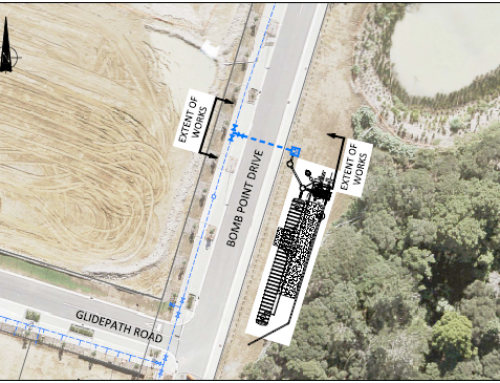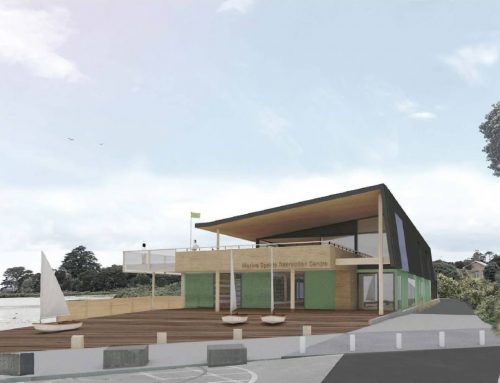Auckland City Councillor John Watson, who represents the Albany Ward, is urging Hobsonville Point locals to have their say on achieving a better overall ferry service by submitting on the Regional Public Transport Plan.
Says Watson: “There has been a lot of interest, of course, amongst Hobsonville Point Residents (and a great financial contribution recently to a weekend service) but this is the time to ask for a better service all round.”
The Plan describes the public transport network that Auckland Transport proposes for the region, identifies integral services and sets out the objectives and policies that apply to those services.
It is a 10-year plan. But we don’t have 10 years to make our views known!
The close-off date is December 14, this Friday. Please click here to submit your thoughts.
Below in italics is what the plan says about the next 10 years for ferry services.
To support development of this RPTP, Auckland Transport commissioned the Auckland Future Ferry Strategy to examine options for improving Auckland’s ferry network and its contribution to wider public transport goals. The Strategy identified several key challenges for the ferry system, including: responding to capacity constraints on some routes, increasing contract rates, the need to support urban growth areas and expand the number of routes, increasing customer and environmental expectations, and maximising opportunities around the America’s Cup. In response, the Strategy proposed a range of potential initiatives focused to improve ferry operations and increase patronage.
After considering the Strategy, Auckland Transport has selected the following as the main priorities, although they remain subject to funding availability:
• Investigate enhanced service levels on existing and developing routes with improved peak service frequencies for Hobsonville and Beach Haven by 2021
• Improve timetable integration with broader AT Metro network for reliable connections and develop local on-demand and enhanced bus feeder access to ferry terminals at Hobsonville, West Harbour, Gulf Harbour, Pine Harbour, Half Moon Bay, Birkenhead, Beach Haven, Northcote Point, Waiheke (Matiatia)
• Improve walking and cycling access, cycle storage, drop-off spaces
• Progress Downtown Ferry Terminal development and capacity improvement
• Seek to improve fare integration with the rest of the PT network Access to HOP Improve the range of options for customers to obtain and top up AT HOP cards to improve uptake, prioritising areas where AT HOP use is low relative to other areas Ticketing product development
• AT barcode reader to speed up reading of paper tickets
• Disposable AT HOP cards development
• AT HOP development for integrated ferry fares
• AT HOP weekly and monthly fare caps
• Participate in the national ticketing programme Public transport facilities – operational enhancements
• Bus connection digital real-time displays and CCTV for bus drivers at bus interchanges
• Dynamic bus bay allocation technology
• Dynamic downtown ferry berth allocation and monitoring On-demand dynamicroute trials
• Trials to identify opportunities for on-demand to provide: o First and last leg connections to PT in areas where little alternative access o Cost efficient shared mobility services in low-demand areas where traditional PT services may not be viable o Safe alternative travel choices where safety is a concern (e.g. at night)
AT will continue to work with the operators of exempt services to encourage better integration with the broader network to improve customer outcomes. At present, there is limited capital funding for ferry service improvements or expansions beyond upgrade of the Downtown terminal – as the focus is on other parts of the PT network. However, Auckland Transport still has a strong aspiration to improve ferry services and will continue with further work around Phase Two of the Future Ferry Strategy so there are opportunities for improvement should additional funding become available. These include:
• Options around vessel infrastructure and purchase – particularly the potential for larger vessels and or standardisation of the fleet
• Options to improve contracting methodologies
• Expansion of potential future routes and service patterns, especially with a focus on serving land use areas.




